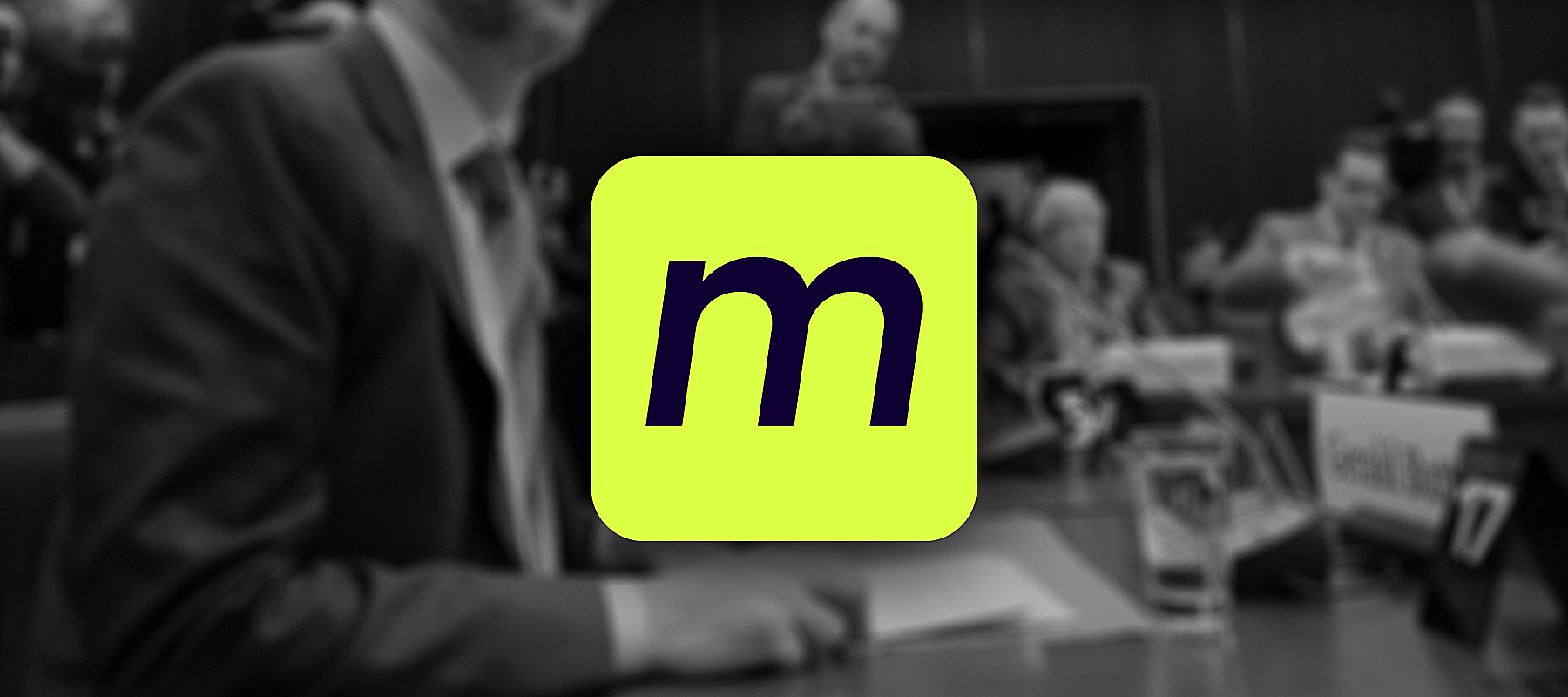Why pay off your balance in full?
You’ll have a better Total Payment Ratio (TPR)
When determining your credit score, TransUnion — one of the three major credit bureaus that produces credit reports — considers how much you pay over your minimum. TransUnion calls this the Total Payment Ratio (TPR), and they calculate it by dividing your total monthly credit payments by the total minimum due across all your credit products.
The reason this metric is important for the credit bureaus is that their research has shown that a lower TPR correlates with a higher risk of delinquency on credit. If you go above your minimum payment and improve your TPR, your credit score will go up and you’ll get better interest rates on credit cards, auto loans and mortgages.
You’ll have a better credit utilization ratio
Your credit utilization ratio measures how much debt you carry in relation to your credit limit. So if you have a $3,000 credit limit on all your cards combined, and carry $1,200 of combined debt on said cards, your utilization ratio is 40%.
The utilization ratio is one of the most important factors credit bureaus use to determine your credit score, and it’s generally recommended not to have a utilization ratio above 30%. So, even if you can’t pay off your balance entirely, pay it down as much as you can in order to get below that utilization threshold.
You’ll pay less overall
When you pay off credit cards fast, you’re doing more than just improving your credit score. You’re also reducing the debt you’ll accumulate long term.
The average Canadian owes about $21,013 in consumer debt (all debts not including mortgages). For every month that you carry a balance on your credit card, that balance grows because interest is added. Depending on the size of your balance, making only the minimum monthly payment might mean only paying off part of the interest itself, while the principle keeps growing more and more interest from month to month. If this cycle continues, your debt could end up ballooning out of control.
You’ll live a better, less stressful life
The stress of living with debt is real and often underestimated by borrowers. Debt-related stress can lead to higher blood pressure, anxiety, insomnia and loss of appetite, among other symptoms. And people who struggle with debt are more likely to suffer from clinical depression and suicide ideation.
While it may be tempting to use money intended for credit card payments on non-essential purchases or entertainment, the temporary satisfaction is often outweighed by the long-term negative impact on your financial, mental and physical health. Instead, if you find yourself only making minimum payments, consider reducing your monthly expenses by 10% and use your extra savings to pay off more than the minimum on your credit card. This approach can help you make meaningful progress in reducing your debt and improving your overall financial well-being. Once you’re in a financial position to pay off your card(s) in full each month, take the next step toward financial health by depositing every month into a high-interest savings account.
Should you ever make only the minimum payment?
Despite all the solid reasons to pay off your balance each month, there are some rare circumstances where it may make fiscal sense to make only the minimum monthly payments on your credit cards:
You’re not at risk of going over the 30% credit utilization ratio
If the limits on your credit cards are high enough, carrying a small balance from month to month may not push you over a 30% utilization ratio. Keep in mind that credit bureaus assess your utilization ratio by looking at your card balance on the day your credit card statement is issued each month. Making payments before the statements are issued can keep your utilization low in the eyes of the bureaus. Not harming your credit utilization ratio, however, is not in itself a good reason to not pay off your balance each month in full. Keep in mind that the major factor used by credit bureaus to calculate credit score is your payment history — it accounts for 35% — so you’ll damage your payment history and thus your score (even if you keep your credit utilization low) by not making full payments.
Your card has a low interest rate
Most credit cards in Canada also have interest rates in the neighbourhood of 20 to 25%. But if you have a credit card with a relatively low interest rate, or if you’re still in the 0% promotional interest rate period for a new card, your balance might not grow significantly from month to month as long as you spend responsibly.
You need to keep some cash handy for emergencies
In the event of an unexpected crisis, divert the cash you would use to pay off your credit card and resolve the problem that’s immediately in front of you. Paying off your card balance each month is a sound financial goal, but it shouldn’t be prioritized over your more immediate housing, health or safety needs. In the meantime, start to build up an emergency fund, which can provide peace of mind and help you deal with unforeseen challenges without making your current financial situation worse. Once the immediate crisis is resolved, you can refocus on paying off your credit card balance and maintaining your long-term financial health.
You have multiple debts with various interest rates
If you have more than one credit card, or if you have credit cards and other forms of debt (e.g. personal loans), you should prioritize paying off the debt with the highest interest rate first. It may feel good to pay off two credit cards with 10% interest rates, but don’t take care of those at the expense of a loan with a 23% interest rate, it’ll end up costing you in the long run.
If you fall into one of the above categories, periodically re-evaluate your budget to see if you can move away from making the minimum payment and start paying off credit cards in full. If your credit cards and loans have high interest rates, consider transferring all the balances onto one card with a low interest rate. Just note that the low interest rate on a balance transfer card will likely expire after a period of time — typically within six months to a year. Use the temporary low-interest period to make large monthly payments, pay off your credit card debt in full and start fresh with a clean financial slate.
Other financial strategies for paying off credit card debt
If you can’t pay off your credit card balance in full and are looking for other debt-paying strategies other than to just make your minimum payment, here are some quick tips:
- Debt avalanche method vs debt snowball method: The avalanche method is when you pay off the highest interest rate debts first versus the snowball approach, which is when you pay off your smallest balances first and enjoy small victories to stay motivated. Decide which method of tackling debt works best for you. While you can save more money doing the avalanche method, some people need quick wins to feel encouraged to continue paying off debt
- Debt consolidation: This is when you combine debts into a single lower-interest loan or credit card balance transfer. The idea is to get a lower rate of interest for the one loan than you would with a mix of different loans. One big loan is also easy to keep track of and thus easier to pay down.
- Instalment plans: Some credit card companies in Canada have started to offer instalment plan options that allow you to break down payments into smaller, more manageable amounts. Usually, to be eligible, purchases will need to be a minimum amount (like $100) and can be broken up into set periods like three, six or 12 months. You will be charged a variable fee, but often you won’t be charged interest (be sure to read the fine print of your specific card) and often the fee can be less than you would have paid in interest.



